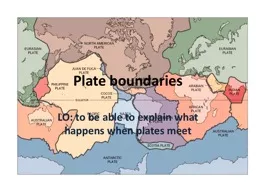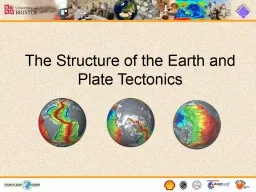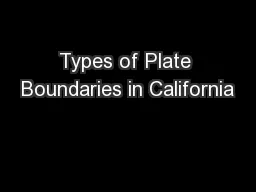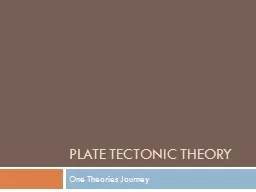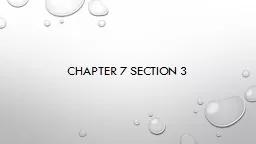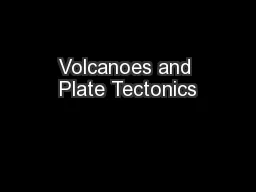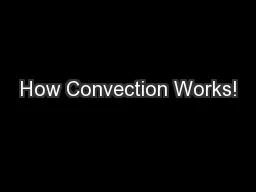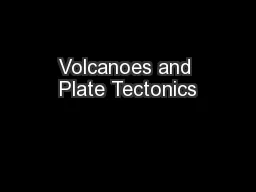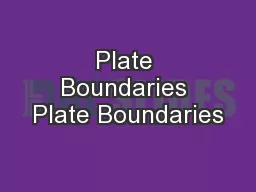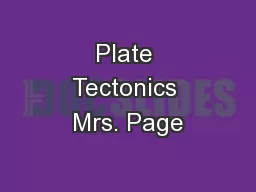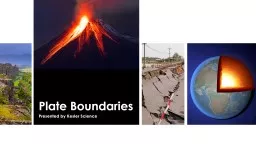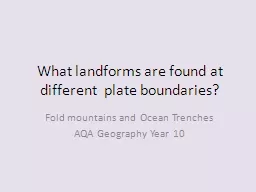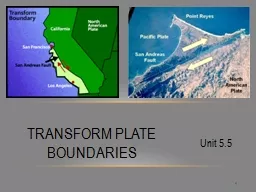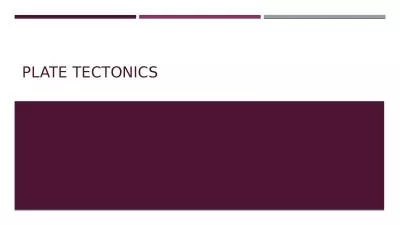PPT-Plate boundaries LO: to be able to explain what happens when
Author : importedferrari | Published Date : 2020-06-23
plates meet In what ways do the plates move 3 types of plate movements we need to know Convergent Plates move together Can be split into destructive oceanic and
Presentation Embed Code
Download Presentation
Download Presentation The PPT/PDF document "Plate boundaries LO: to be able to expla..." is the property of its rightful owner. Permission is granted to download and print the materials on this website for personal, non-commercial use only, and to display it on your personal computer provided you do not modify the materials and that you retain all copyright notices contained in the materials. By downloading content from our website, you accept the terms of this agreement.
Plate boundaries LO: to be able to explain what happens when: Transcript
Download Rules Of Document
"Plate boundaries LO: to be able to explain what happens when"The content belongs to its owner. You may download and print it for personal use, without modification, and keep all copyright notices. By downloading, you agree to these terms.
Related Documents

